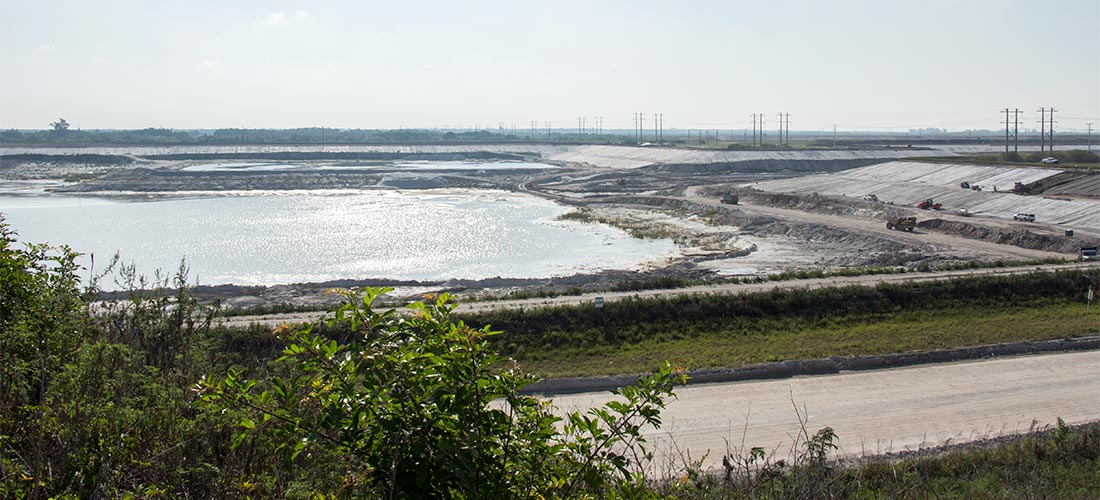
Gov. Ron DeSantis signed into law a bill authorizing future operations of a new South Florida reservoir.
The facility will be one of two that limits discharges from Lake Okeechobee and help curb blue-green algal blooms.
“The importance of this historic measure cannot be overstated as its impact on South Florida water will be felt both in terms of availability of clean drinking water and impacting our environment for the foreseeable future,” said state Sen. Lauren Book, a Plantation Democrat.
“Everyone involved in making this happen should be thanked for the incredible effort that went into this landmark legislation.”
The legislation (HB 95) ensures the C-51 Reservoir, which has been fully designed and permitted, will allow the South Florida Water Management to capture 35 million gallons a day.
The water currently gets lost to the tide but should be able to be used for later consumptive use once the reservoir comes online. District officials say once the project is fully implemented, the reservoir could store up to 61,000 acre-feet of raw water.
“The C-51 Reservoir project has been a labor of love of mine for more than a decade going back to my time as Commissioner and Mayor of Broward County,” said state Rep. Kristin Jacobs, a Coconut Creek Democrat.
“Literally, hundreds of people and thousands of hours have gone into making this vital water project a reality. I am thankful for everyone who made this a possibility and especially the Governor for seeing it through and ultimately making it the law of Florida.”
Effusive praise from Democrats for the new Republican Governor after DeSantis prioritized South Florida water projects.
But the legislation also follows through on a bill signed into law by Gov. Rick Scott in 2017 authorizing the district to employ two reservoirs to limit discharges of water into the Caloosahatchee and St. Lucie Rivers.
The discharges from Lake Okeechobee have frequently triggered blue-green algal blooms. Just such an environmental disaster occurred this last summer, with sludge coating large parts of the Caloosahatchee.
“Our long term fears of saltwater intrusion due to rising seas and population growth can now be properly addressed in a meaningful and impactful way.”
